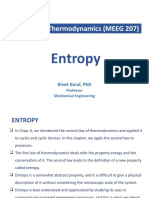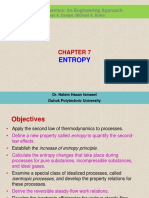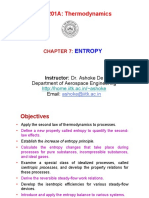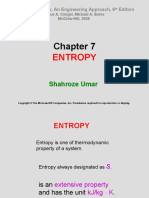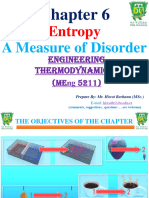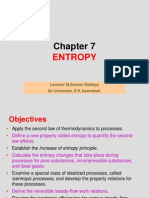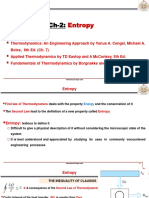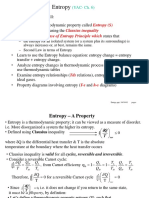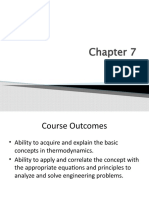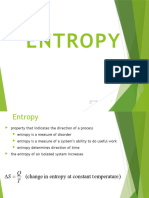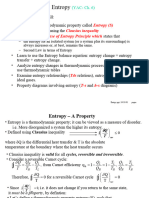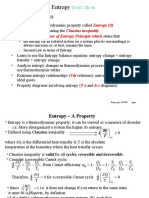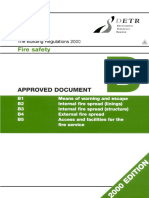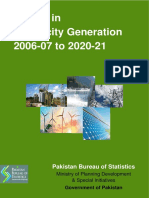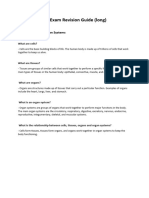0% found this document useful (0 votes)
55 views29 pagesLecture 3 Entropy
The document discusses the concept of entropy in thermodynamics, explaining its definition, properties, and the principles governing its behavior in various processes. It highlights the Clausius inequality, the increase of entropy principle, and the distinction between reversible and irreversible processes. Additionally, it covers isentropic processes and the mechanisms of entropy transfer, emphasizing that entropy generation is always non-negative and reflects irreversibilities in real systems.
Uploaded by
victoriarosas007Copyright
© © All Rights Reserved
We take content rights seriously. If you suspect this is your content, claim it here.
Available Formats
Download as PDF, TXT or read online on Scribd
0% found this document useful (0 votes)
55 views29 pagesLecture 3 Entropy
The document discusses the concept of entropy in thermodynamics, explaining its definition, properties, and the principles governing its behavior in various processes. It highlights the Clausius inequality, the increase of entropy principle, and the distinction between reversible and irreversible processes. Additionally, it covers isentropic processes and the mechanisms of entropy transfer, emphasizing that entropy generation is always non-negative and reflects irreversibilities in real systems.
Uploaded by
victoriarosas007Copyright
© © All Rights Reserved
We take content rights seriously. If you suspect this is your content, claim it here.
Available Formats
Download as PDF, TXT or read online on Scribd
/ 29

